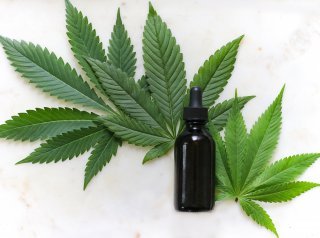Medical cannabis can be consumed in a variety of ways. Know that you are not limited to smoking or vaping. The plant can also be ingested, taken under the tongue, applied directly on the skin, and inserted into the rectum. Certainly, at least one approach would best suit your condition, needs, and preferences.
Some of these methods are safer and more efficient than others. Likewise, some are well-researched, while others are still poorly understood. At any rate, each has its advantages and disadvantages. Knowing the nitty-gritty of each can help you decide which administration route is your best choice.
Page Content
Different Ways to Consume Medical Cannabis
Nearly fifty states in the United States have legalized medical cannabis to varying degrees. As a result, medical dispensaries popping up have made the buds easier to access. On top of that, researchers are also doing their best to learn more about the plant. What better time to medicate with marijuana than now?
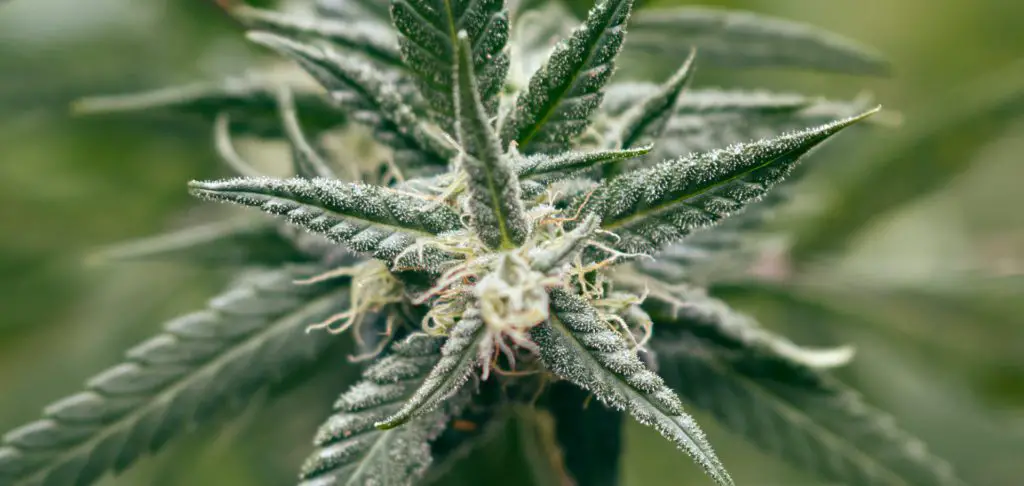
Several consumption methods exist. The bioavailability, onset time, and duration of each are some of the most important factors you need to take into account.
| Administration Routes | Bioavailability* | Onset Time | Duration |
| Inhalation | 30% or higher (smoking)50-80% (vaping) | Within minutes | 2-3 hours |
| Oral | 4-12% | 0.5-2 hours | 4-12 hours |
| Sublingual and Buccal | 13-19% or higher | 15-45 minutes | 2-3 hours |
| Rectal | About 13% | Within 15 minutes | Up to 8 hours |
| Topical | N/A | Within 15 minutes | 2-4 hours |
| Transdermal | Up to 100% | Within 15 minutes | Up to 4 hours (gel)Up to 12 hours (patch) |
*Bioavailability refers to the degree and rate at which THC, CBD, and other cannabinoids get absorbed into the bloodstream. The higher the bioavailability, the lower the quantity needed to attain the desired medicinal benefits. Note that factors like body weight, body composition, metabolism, and dose will also affect how the cannabinoids affect the body.
1. Inhalation
Inhalation is the primary way of consuming medical marijuana. There are three ways to go about it – smoking, vaping, and dabbing. Vaping is fast-becoming the most preferred method due to its relatively favorable safety profile.
After drawing in the smoke or vapor, the cannabinoids enter the lungs and get directly absorbed into the bloodstream, which transports it to the brain and the rest of the body.
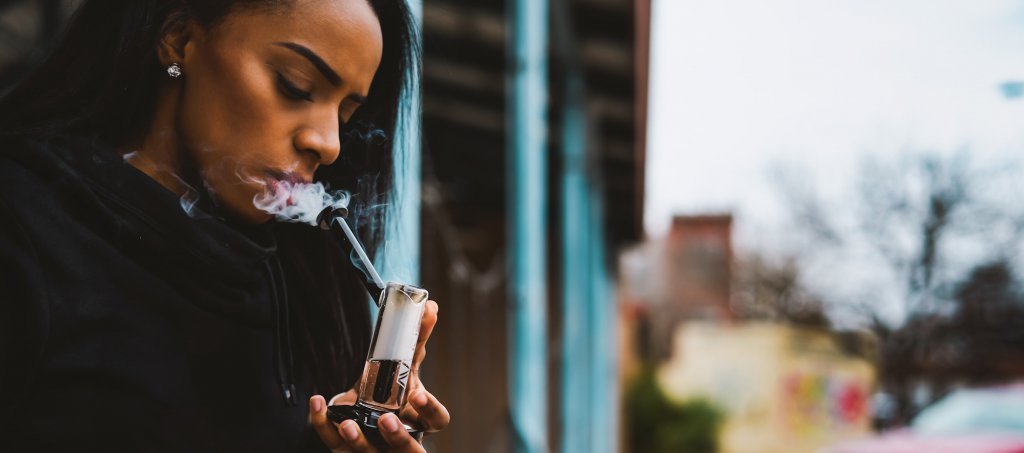
This drug delivery route has a rapid onset time, making it ideal for patients seeking immediate relief. Typically, the effects kick in within seconds to a few minutes after consumption. It reaches the peak concentration within 15-30 minutes, then starts subsiding after 2-3 hours. This method also has a relatively high bioavailability, averaging at 30%.
Option 1: Smoking
This classic method involves combusting the dried plant matter to create smoke. It can be done using a wide range of pipe-like paraphernalia, such as joints, spliffs, blunts, bongs, hookahs, and bubblers.
Smoking has a few notable downsides. Scorching the buds, for one, may release harmful by-products into the air. It includes carcinogens and toxic compounds called polycyclic aromatic hydrocarbons (PAHs), which might increase pulmonary complications, such as pneumonia and respiratory infections.
The act of smoking also generates an overpowering odor. It quickly fills the room and also leaves behind a residual smell and even clings to clothes. That makes it unsuitable for discreet sessions.
Option 2: Vaping
Vaping – also referred to as vaporizing – delivers the cannabinoids in the form of a vapor. It uses a vaporizer device to heat – not burn – the raw cannabis flower or oil to 180-210ºC (356-410ºF). To customize the vaping experience, some users go slightly lower or higher than this temperature range. Just make sure not to exceed 230ºC (446ºF), which is when combustion starts taking place.
Due to the lack of smoke, vaping produces fewer hazardous by-products, reducing the risk of respiratory problems. That is why it is considered a safer alternative to smoking. Compared to smoked weed, vaped marijuana also appears to be more bioavailable, generating more potent effects. In other words, you could consume less yet attain the desired results, making it cost-effective in the long run.
Vaporizers come in various types to suit specific needs and preferences. Large tabletop models, for example, are suitable for patients who medicate at home. Meanwhile, those always on the go would benefit from portable or pen vaporizers. All types do not emit an overwhelming stench, so there is no need to worry about attracting unwanted attention.
Option 3: Dabbing
Dabbing involves heating dabs – these are sticky, highly concentrated marijuana extracts – on an apparatus called a dab rig. Several types exist, including wax, budder, shatter, and butane hash oil (BHO). Each comes in varying forms, textures, and consistencies. But, they have one thing in common – sky-high potency. Unlike regular buds with a cannabinoid content of 15-20%, dabs can measure anywhere between 50-90%.
Remember, with dabbing, a little goes a long way. If you are not careful, you might experience adverse effects such as paranoia and psychosis. When used in the long term, users could also build up a tolerance and would need higher doses to obtain adequate relief. Such a scenario makes them more prone to abuse.
Another disadvantage is that dabbing can be complicated. It requires a dedicated dab station and extra time to set up the rig itself. Furthermore, it may entail the use of open flame, increasing the risk of burning and scalding.
As an inhalation method, it tends to be controversial and has been associated with various health risks and environmental hazards. For example, poor-quality extracts may contain contaminants like solvents and pesticides, which are harmful when consumed. For these reasons, dabbing is the least preferred inhalation method when medicating with cannabis.
2. Oral
Oral ingestion is, without a doubt, among the most convenient and affordable ways of consuming medical cannabis. You can choose from edibles, drinkables, and capsules.
Once in the body, the cannabinoids cannot head straight to the brain the way smoked or vaped marijuana does. Instead, the active compounds first enter the digestive tract. From the gut, it gets absorbed into the bloodstream and then moves to the liver, where it undergoes the first-pass effect. After being metabolized, the cannabinoids are released back into the bloodstream to make their way to the brain.
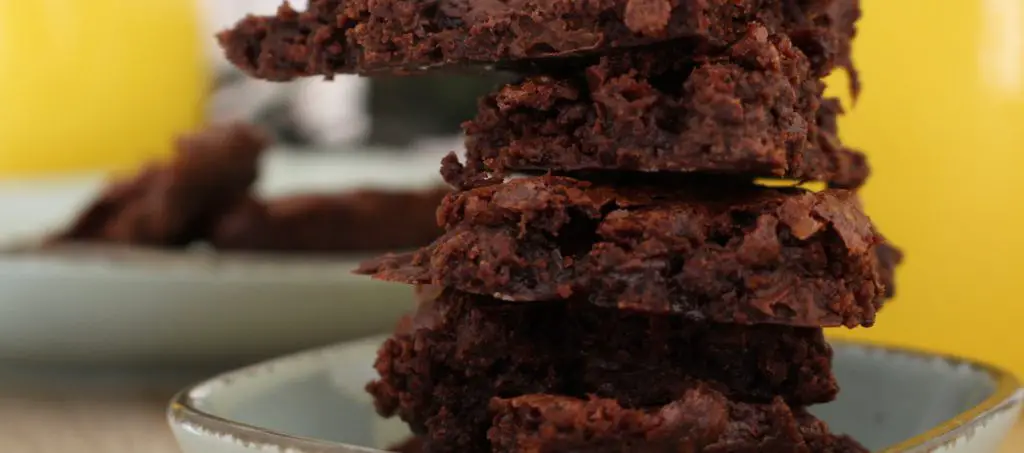
The long path to the blood-brain barrier is the reason why the oral has a delayed onset. It can take up to 2 hours before the effects take hold, peaking within 2-3 hours, and lasting anywhere between 4-12 hours.
The oral route also produces a more intense high than smoking or vaping. That is because it can retain more 11-hydroxy-THC – the primary active metabolite of THC – in the blood. Formed in the liver, 11-hydroxy-THC can easily cross the blood-brain barrier and is also more potent than THC.
The psychoactive effects of ingested weed tend to be irregular and unpredictable – with its intensity varying from person to person, mostly due to its low bioavailability of 4-12%.
Option 1: Edibles
These are, in essence, food products charged with the cannabinoids. They are delicious, convenient, and discreet. An option is to buy ready-to-eat ones from a local dispensary. You can choose from baked goods, chocolates, candies, and gummy bears, among others.
Alternatively, you can make your own. It is also cheaper and gives you more control over the ingredients. Start by preparing cannabis-infused butter or oil, which would serve as the base ingredient of the edibles. These, in turn, can be used to whip up various dishes, including pastries, pasta, vegetable salad, and many more.
Homemade edibles, though, have one notable disadvantage. They can be difficult to dose due to the unequal distribution of the cannabinoids. You may have to experiment to determine the dosage. Pre-made ones, on the other hand, already indicate the amount of THC and CBD per serving. Either way, make sure to start slowly.
Option 2: Drinkables
Drinkables are simply a type of edible. As the name indicates, they are beverages infused with marijuana. Common examples include coffee, tea, juice, tonics, soda, and energy drinks. Like edibles, you can either buy or make it.
Since drinkables are liquid, they are digested much faster in the stomach, resulting in a quicker onset of effects. In most cases, you would feel the kick within half an hour. You also don’t have to worry about the uneven distribution of active compounds. That is because cannabis beverages have more consistent formulations, with each sip having the same potency throughout.
Option 3: Capsules
Capsules or pills containing THC or CBD – also called cannacaps – provide the same effects as edibles and drinkables. The primary difference is how they are administered – like a traditional medication. Such an approach is not only no-frills and discreet but also facilitates easy dosing. It also does away with unwanted calories, sugars, and other extra ingredients. All you get are the active compounds.
Like edibles, cannacaps can either be bought in dispensaries or made at the comfort of the home. All you have to do is prepare cannabis-infused oil and load it into an empty gelatin capsule.
3. Sublingual and Oromucosal
These two routes work similarly but are delivered to the body in slightly different ways.
The first one – sublingual – entails applying a few drops of marijuana oil or tincture under the tongue. Oromucosal or buccal administration, on the other hand, involves applying cannabis-based sprays – such as Sativex from GW Pharmaceuticals – between the gums and cheeks. Regardless of which, the extract is held for 30-60 seconds before being swallowed.
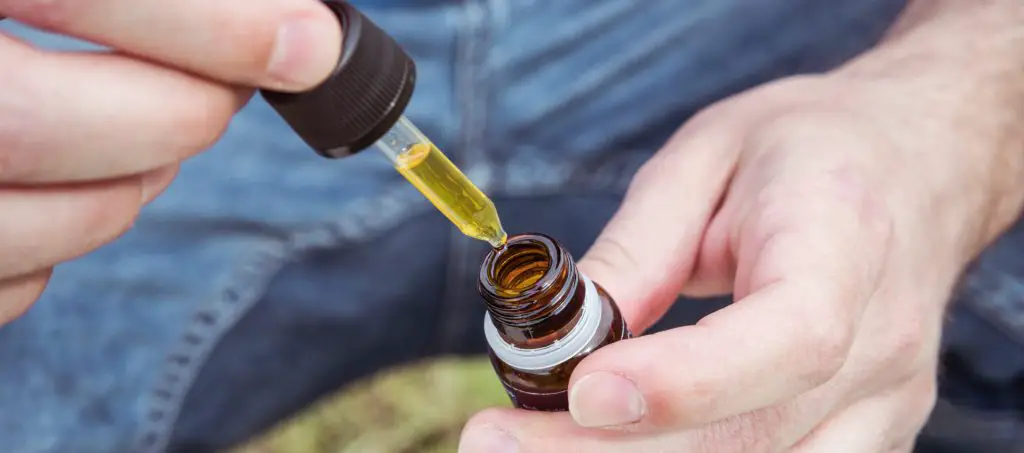
Once consumed, the cannabinoids are directly absorbed into the bloodstream, bypassing the digestive system. It has two implications – faster onset and higher bioavailability than the oral route. In general, it takes effect 15-45 minutes after application and lasts for 2-3 hours. And by avoiding metabolism in the gut and liver, the active compounds preserve their potency, resulting in increased bioavailability and efficiency.
Marijuana tinctures, oils, and sprays can be bought pre-made or prepared from scratch. Strips that you dissolve under the tongue are also becoming more popular. Regardless, all options are easy to dose and administer – all while being discreet.
4. Rectal
Rectal administration is not as widely practiced as other methods. Few studies have explored it as well. But, it is slowly gaining traction due to its efficiency. Essentially, it involves inserting cannabis suppositories – bullet-shaped wax containing cannabinoids – into the rectum.
Once inside the body, the suppository dissolves, releasing the active compounds into the bloodstream via the rectal mucosa. Like the inhalation, sublingual, and oromucosal routes, it also bypasses the liver and, consequently, the first-pass effect.
Rectal administration also has a high absorption rate, with around 80% of the cannabinoids being delivered to the body. That – coupled with the lower first-pass metabolism – makes it two times more bioavailable than oral intake.
Avoiding the liver also results in a rapid onset of effects. In general, you would feel the medicinal benefits within 15 minutes of application. Expect the relief to last for up to 8 hours.
Cannabis suppositories can be bought online or in local dispensaries. They are also straightforward to make at home. Each bullet has a specific cannabinoid content, facilitating easy dosing.
One major drawback, though, is that it can be challenging – not to mention uncomfortable – to administer. Needless to say, it may take some trial and error before you can properly insert the suppository into the rectum.
5. Topical
Applying cannabis topically – or directly onto the skin – is another up-and-coming administration method. It is especially suited for easing pain and inflammation.
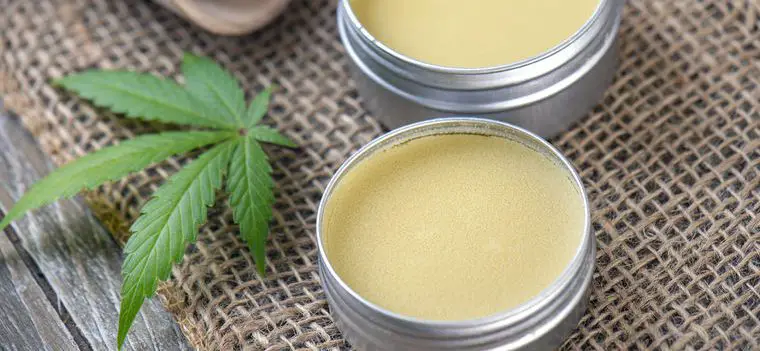
Cannabis-based topical products can come in many forms, including balms, creams, salves, ointments, and lotions. Again, these can be bought or made at home.
Once smeared onto the affected area, the cannabinoids get absorbed into the epidermis – the outermost layer of the skin – to offer localized relief. Note that the active compounds do not enter the bloodstream. The effects typically kick in within 15 minutes after administration and last for about 2-4 hours.
6. Transdermal
The transdermal route – alongside topical application – is emerging as another promising method of delivering the cannabinoids into the body. Cannabis-based transdermal products are usually available as patches or gels. These cannot be made at home.
Like topical salves, transdermal patches are also applied to the affected area for targeted pain relief. The main difference, though, is that it is formulated to penetrate the skin and enter the bloodstream. From there, the medicine can exert its effects on deeper tissues or reach the systemic circulation. In other words, it can provide localized or whole-body symptom relief.
Transdermal products also bypass the gut and the liver, resulting in rapid onset time. The effects typically take hold within 15 minutes, lasting for 4 hours (gels) or up to 12 hours (patches).
And by eliminating the first-pass effect, the transdermal method significantly enhances drug bioavailability. Some innovative formulations use nano-emulsions and micro-emulsions, which could deliver up to 100% bioavailability. But, research on such products is scarce.
Which Consumption Method Is for You?
One of the best things about medicating with cannabis is its incredible versatility. Unlike conventional drugs, you are not limited to just one administration route. The wide range of options ensures that you have at least one consumption method that best suits your situation.
So, how do you know which one is for you? The onset time, duration, convenience, ailment, safety, and efficacy are among the most important considerations.
If you want immediate symptom relief, inhalation, sublingual, and rectal methods, which take effect within minutes, are recommended. The effects of the first two, though, are a bit short-lived, subsiding after 3 hours or so. Meaning, you might have to dose multiple times throughout the day.
The rectal route offers the best of both worlds – it is long-lasting on top of being fast-acting. Oral ingestion, which can last for up to 12 hours, is also ideal. Another promising alternative is the transdermal route. Often, once a day application will suffice.
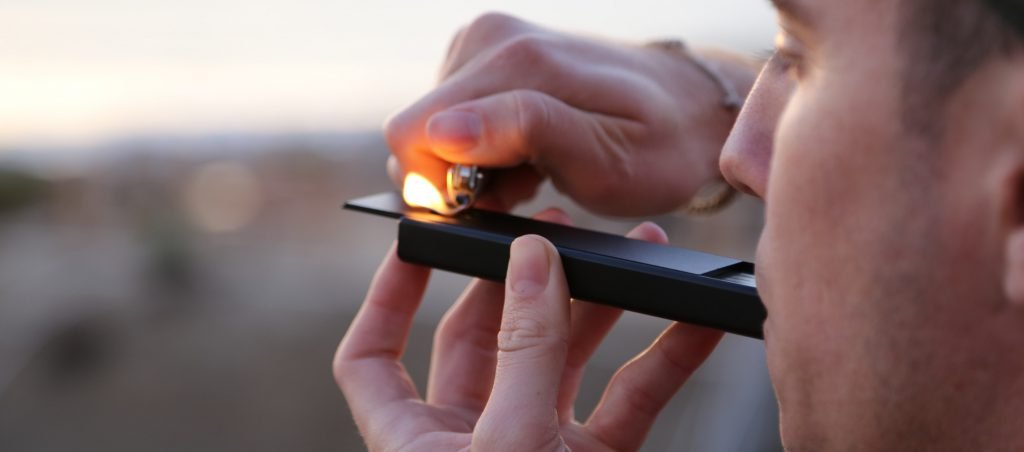
If convenience and being discreet are the priority, consider taking marijuana orally or sublingually. For accurate dosing, they will also work – particularly pre-made edibles and tinctures that have known formulations. Vaping devices that facilitate precise dosing are also an option.
Your medical condition may also come into play. If you have respiratory problems, for example, smoking and vaping might not be for you. But, these methods – alongside sublingual and rectal – can be beneficial for patients with nausea and vomiting, as well as those who have trouble swallowing. And if you are suffering from deep-seated pains and aches, topical and transdermal routes, which offer localized relief, are the way to go.
The efficacy and safety are also critical factors. For instance, while inhalation methods are highly bioavailable, they have also been associated with health risks, especially smoking and dabbing. And even if vaping appears to be a safer alternative, little is known about its long-term effects. On the other hand, oral intake is deemed safe but is not very efficient as a drug delivery route. Finally, some methods – rectal, topical, and transdermal – are only starting to be understood and require further research.
In the end, there is no “best” method of consuming medical cannabis. It all comes down to your needs and preferences. In most cases, it would take some trial and error to find which one works best. To make your life easier, seek the help of a healthcare professional.


